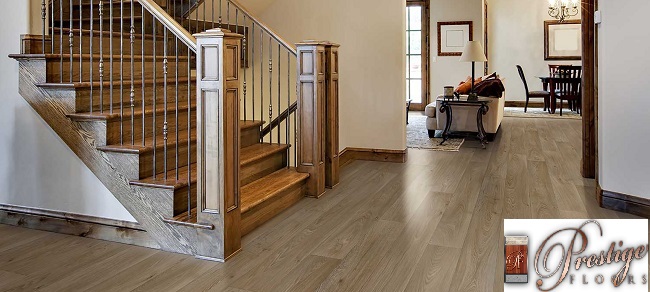Welcome to our blog post on preparing your subfloor for timber floor installation Melbourne wide. We understand that installing a new timber floor is an exciting project, but it is crucial to give proper attention to the subfloor preparation.
By taking the time to prepare your subfloor correctly, you can ensure the durability and longevity of your timber floor.
In this blog post, we will guide you through the process of subfloor preparation, highlighting the key steps and considerations to help you achieve a successful flooring project.
Understanding the Subfloor:
Before we delve into the details of subfloor preparation, it is important to understand what a subfloor is and its role in supporting timber flooring. The subfloor is the structural layer that sits directly beneath your timber floor, providing a stable and even surface for the flooring to be installed on. Common types of subfloors include concrete, plywood, and existing flooring. Each type may require different preparation methods, so it is essential to identify the type of subfloor you have before proceeding with the preparation process.
Assessing the Condition of Your Subfloor:
Before you begin installing your timber floor, it is crucial to thoroughly inspect your subfloor to identify any issues that may affect the installation. We recommend going through a checklist to ensure you cover all the important aspects. Look for signs of moisture damage, such as discolouration or soft spots, as moisture can lead to warping or mould growth in timber flooring. Additionally, check for unevenness or structural problems, such as sagging or squeaking, which may require addressing before proceeding with installation.

Moisture Management:
Moisture is one of the biggest enemies of timber flooring. Excess moisture can cause the floorboards to warp or cup, leading to significant damage. Therefore, it is essential to manage moisture properly during subfloor preparation. Before installation, conduct moisture tests using methods such as the calcium chloride test or the moisture meter test to determine the moisture content of your subfloor. Based on the results, you can take appropriate measures to manage moisture, such as using vapour barriers or installing adequate ventilation systems.
Levelling and Smoothing the Subfloor:
One of the key steps in subfloor preparation is levelling and smoothing out any unevenness or imperfections. An uneven subfloor can cause the timber floor to have a wavy appearance or lead to gaps between the floorboards. To level an uneven subfloor, you can use self-levelling compounds or plywood underlayment. Self-levelling compounds are poured onto the subfloor and spread out to create a smooth and level surface. Alternatively, plywood underlayment can be used to create a flat surface by adding thickness to the subfloor. In addition to levelling, it is important to address any cracks or rough surfaces through sanding or patching techniques.
Addressing Structural Issues:
Structural issues can significantly impact the integrity of your timber floor installation. Common structural problems include joist deflection or weak supports. It is important to identify and address these issues before proceeding with the installation. While minor structural repairs can be done by homeowners, we recommend seeking professional help for more complex structural issues to ensure the stability and longevity of your timber floor.
Cleaning and Preparing Existing Flooring:
If you have existing flooring that needs to be removed before installing your timber floor, it is important to clean and prepare the surface properly. Remove any carpeting, tiles, or other materials, ensuring a debris-free surface. Thoroughly clean the existing flooring, removing any adhesive residue or dirt. A clean and smooth surface will provide a solid foundation for your timber floor installation Melbourne and beyond.
Pre-Installation Checklist:
To recap the key steps and considerations covered in this blog post, we have provided a pre-installation checklist that you can refer to before starting your timber floor installation project. This checklist includes assessing the condition of your subfloor, managing moisture, levelling and smoothing the subfloor, addressing structural issues, and cleaning and preparing existing flooring. By following this checklist, you can ensure that you have taken all the necessary steps to prepare your subfloor for timber floor installation.
Conclusion:
In conclusion, subfloor preparation is the crucial first step in timber floor installation. By properly preparing your subfloor, you can improve the durability and longevity of your timber floor, ensuring a successful flooring project. We encourage you to follow the guidelines and checklist provided in this blog post to achieve great results. With proper subfloor preparation, you can enjoy a beautiful and long-lasting timber floor in your home. Good luck with your timber floor installation Melbourne project!

